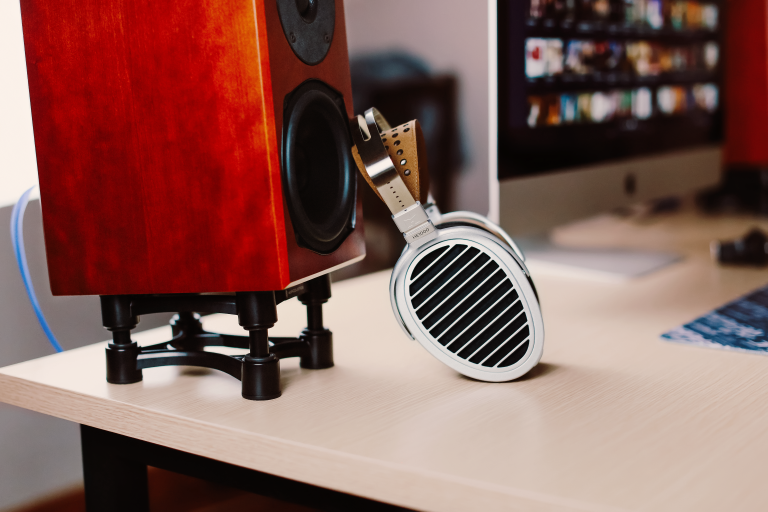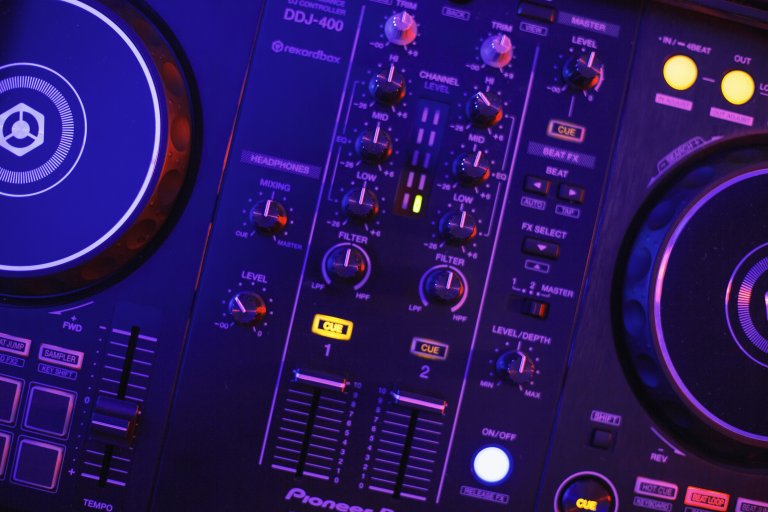Recording Studio Headphones: The Essential Tool for Professional Music Production
When it comes to recording music, having the right equipment is crucial for producing high-quality tracks. One of the most important pieces of equipment for any recording session is a good pair of headphones. In fact, many professional music producers and engineers would argue that a good set of headphones is even more important than studio monitors. This is where recording studio headphones come in – specially designed headphones that offer a flat, accurate sound for precise music production. Let’s take a closer look at what these headphones are and why they are an essential tool for professional music production.
What are Recording Studio Headphones?
Recording studio headphones are headphones that are specifically designed for use in music production. These headphones are different from standard consumer headphones in that they offer a neutral, uncolored sound that is true to the recorded material. This means that these headphones do not boost or exaggerate certain frequencies like bass or treble, ensuring that the sound you hear is as accurate and balanced as possible. This makes them an ideal tool for recording, mixing, and mastering music.
Recording studio headphones come in two main types – closed-back and open-back. Closed-back headphones have a solid outer construction that isolates the sound from the outside environment and prevents sound from leaking out. This makes them perfect for recording and tracking, as they provide a more accurate monitoring environment. Open-back headphones, on the other hand, have a perforated outer casing that allows sound to pass through, resulting in a more open and natural sound. These are typically used for mixing and mastering, as they offer a more spacious soundstage.
Why Are They Essential for Professional Music Production?
Recording studio headphones are an essential tool for professional music production for several reasons. Firstly, they offer a neutral and accurate sound that allows producers to hear every detail in their music. This is crucial for making critical decisions during the mixing and mastering process, as even the slightest imbalance in the sound can affect the final product. With studio headphones, producers can hear every nuance and make precise adjustments to their music.
Secondly, recording studio headphones provide a more isolated and controlled listening environment. Unlike studio monitors, which can be affected by room acoustics and reflections, headphones provide a consistent and accurate listening experience. This is especially useful when recording and tracking, as the isolated sound helps musicians and vocalists hear themselves more clearly and make better recordings.
Another benefit of recording studio headphones is their ability to accurately reproduce a wide frequency range. This is especially important for mixing and mastering, where producers need to hear the entire frequency spectrum to make sound decisions. Good studio headphones can reproduce frequencies as low as 20 Hz and as high as 20,000 Hz, providing a full and balanced sound that is essential for professional music production.
Choosing the Right Recording Studio Headphones
When it comes to choosing the right recording studio headphones, there are a few key factors to consider. Firstly, you need to decide between closed-back and open-back headphones based on your specific needs. Closed-back headphones are better for recording, while open-back headphones are more suited for mixing and mastering.
Another important factor to consider is the frequency response of the headphones. Look for headphones that have a wide frequency range and a flat, neutral response. This will ensure that you can accurately hear all the details in your music without any added coloration. It’s also essential to consider the comfort and build quality of the headphones, as you will likely be wearing them for long periods during recording and mixing sessions.
Additionally, it’s crucial to consider your budget when choosing recording studio headphones. While high-end professional headphones can cost several hundred dollars, there are also more affordable options that still offer good sound quality and features. Ultimately, it’s important to find a pair of headphones that fits your specific needs, budget, and sound preferences.
In Conclusion
Recording studio headphones are an essential tool for professional music production. They provide a neutral, accurate sound, isolate and control the listening environment, and offer a wide frequency response – all crucial aspects for producing high-quality tracks. When choosing recording studio headphones, it’s important to consider the type, frequency response, comfort, and budget to find a pair that best suits your specific needs. With the right pair of studio headphones, musicians and producers can ensure that their music is of the highest quality and accurately represents their artistic vision.




